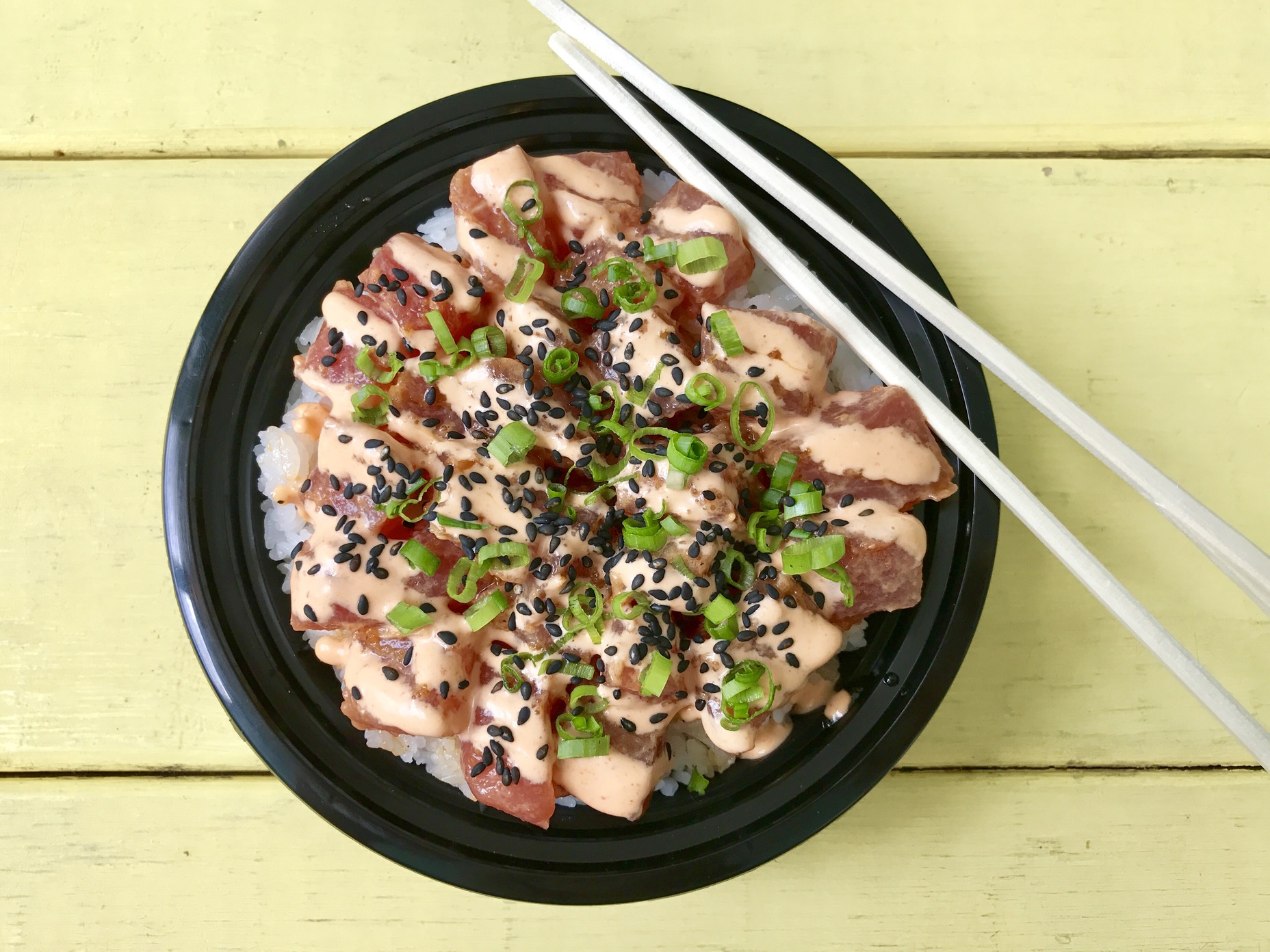The Local newsletter is your free, daily guide to life in Colorado. For locals, by locals.
Hawaiian poke bowls—marinated raw yellowfin tuna, typically served atop white rice—are one of the trendiest foods of the year, garnering some serious press and steadily infiltrating cities across the U.S. Here in Denver, poke (pronounced poh-kay) is definitely having a moment.
At our latest count, we can expect at least four new fast-casual poke spots to open by the end of the year. Portland’s QuickFish Poke Bar will replace Bamboo Sushi in Avanti; San Jose-import Poke House will pop up on Platte Street next to Denver Beer Company; and Denver Poke Company will also open on Platte Street, just blocks away. Zeppelin Station, RiNo’s forthcoming food hall, announced its first tenant last week: Chicago’s Aloha Poke Co.


In the meantime, there’s no shortage of poke bowls in town to satisfy your cravings. From Denver’s OG poke purveyor (and very best, in our opinion) Ohana Island Kitchen to Broadway’s new Turtle Boat (which offers great non-tuna options such as Colorado-sourced bass), you’re sure to find a spot where poke is done right. There ‘s also Poke303 in Uptown, Poke City in the Denver Tech Center, and Sushi Cup in the Speer neighborhood.
The poke boom can likely be attributed to the fact that it’s an ideal fast-casual food: quick, portable, healthy-ish. But we can’t help but wonder just how sustainable this trend is. Yellowfin (a.k.a. ahi) tuna is the protein of choice when it comes to poke, a top-of-the-food-chain species that’s been rampantly overfished to alarming levels. While the Monterey Bay Aquarium’s Seafood Watch does list a few methods for responsibly sourced yellowfin, these options are hard-to-come-by and often expensive. Then there’s the environmental impact of shipping such a decidedly non-local ingredient all the way to landlocked Colorado.
For now—and as long as there are still fish in the sea—we imagine that the poke trend won’t be going anywhere. Here’s to hoping that Denver’s poke restaurants can find a way balance consumer demand with environmental responsibility.








